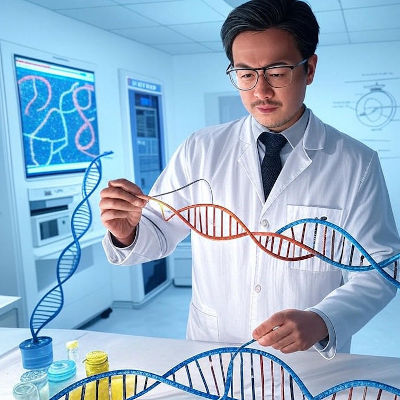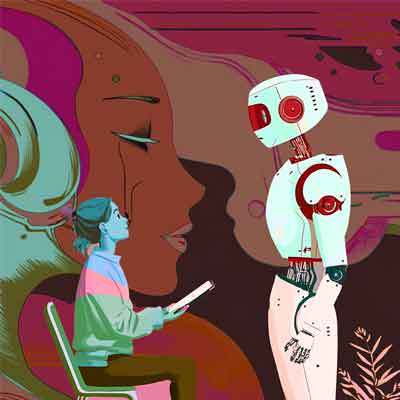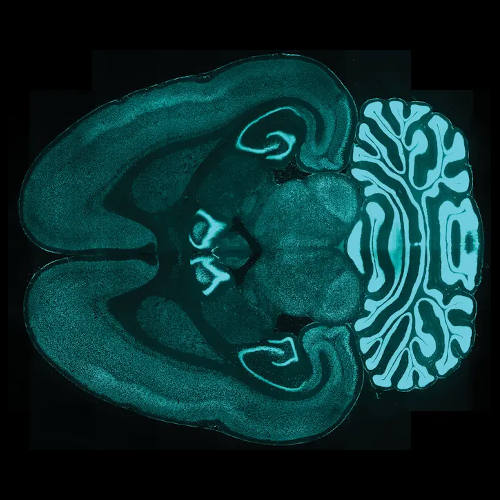“We can create human embryo-like models by the reprogramming of [embryonic stem] cells” — Prof. Żernicka-Goetz
Magdalena Zernicka-Goetz, Professor of Development and Stem Cells at the University of Cambridge, announced June 14 at the International Society for Stem Cell Research annual meeting in Boston that her team had grown the first human “synthetic embryos” (made from stem cells) *
She also allowed them to grow to a stage equivalent to just past 14 days old (an internationally recognized ethical limit called the “14-day rule,” based on ethical issues regarding the possibility of growing into a human fetus). “In real embryos this [is equivalent to] a stage between day 7/8 and day 14,” notes Żernicka-Goetz.
Moral quandaries
“Just as there are real possibilities for gaining knowledge from synthetic human-like embryos, there are also real moral quandaries,” says Kathryn MacKay, Senior Lecturer in Bioethics, University of Sydney, writing in The Conversation.
“One of these quandaries arises around whether their creation really gets us away from the use of human embryos.
“Robin Lovell-Badge, the head of stem cell biology and developmental genetics at the Francis Crick Institute in London UK, reportedly said that if these human-like embryos can really model human development in the early stages of pregnancy, then we will not have to use human embryos for research.
“At the moment, it is unclear if this is the case for two reasons.
“First, the embryos were created from human embryonic stem cells, so it seems they do still need human embryos for their creation. Perhaps more light will be shed on this when Żernicka-Goetz’s research is published.
“Second, there are questions about the extent to which these human-like embryos really can model human development.
“At the moment, animal models of similar synthetic embryos suggest they are not capable of developing into a full living being. Studies in mice and monkeys have so far shown that the synthetic embryos die a short while after being implanted into a female’s womb, which means they are not viable.
“There could be significant limits to the usefulness of these synthetic embryos for learning about human developmental issues, if human-like synthetic embryos aren’t capable of developing into full human babies and do not form important body structures like a beating heart and a brain.
“One of the reasons researchers want to use these embryos is for research into miscarriage and developmental anomalies. This is very important, but will these synthetic embryos be “close enough” to real human embryos to reveal useful answers?
“Scientists may still rely on the use of human embryos if we do need human embryos for the creation of these models, or there are research questions that these synthetic embryos can’t address.
*What are synthetic embryos, exactly?
“The term is somewhat misleading as these structures aren’t really synthetic, nor are they exactly the same as embryos,” observes Clare Wilson in New Scientist. “They are similar to early embryos, a tiny ball of cells arising from a sperm fertilising an egg, but created from stem cells grown in the lab.”
Let us know your thoughts! Sign up for a Mindplex account now, join our Telegram, or follow us on Twitter.


.png)

.png)


.png)







0 Comments
0 thoughts on “First human ‘synthetic embryos’ created”